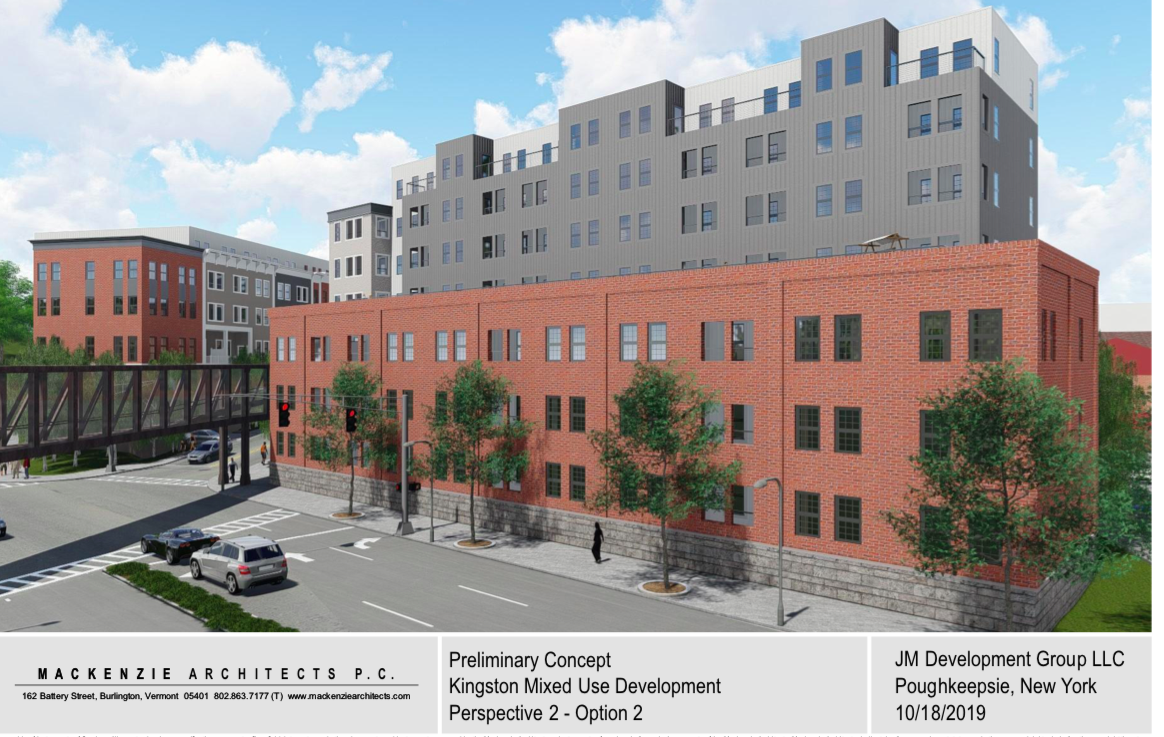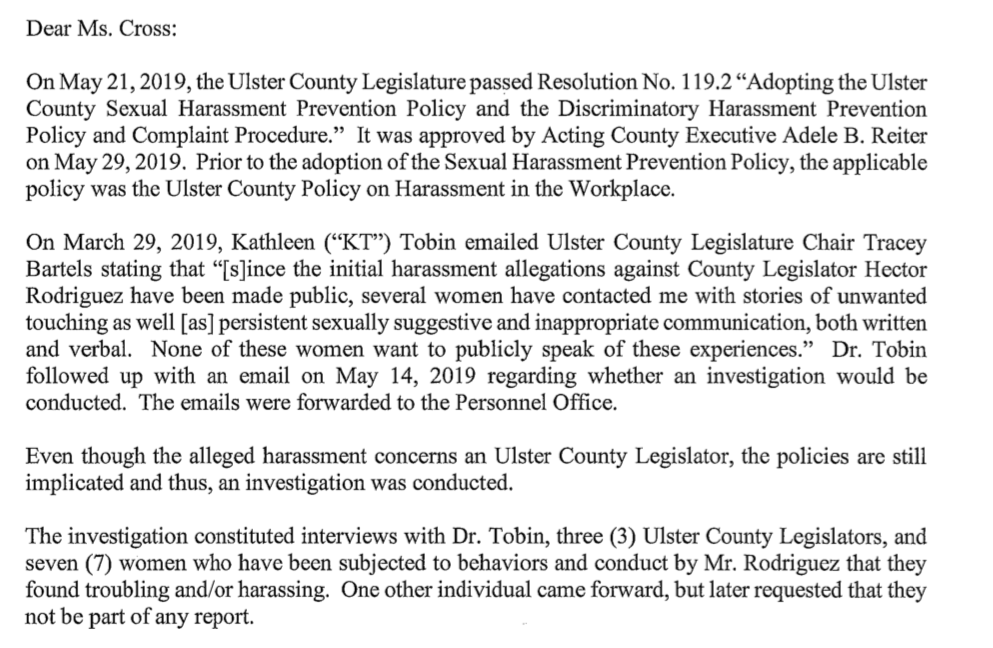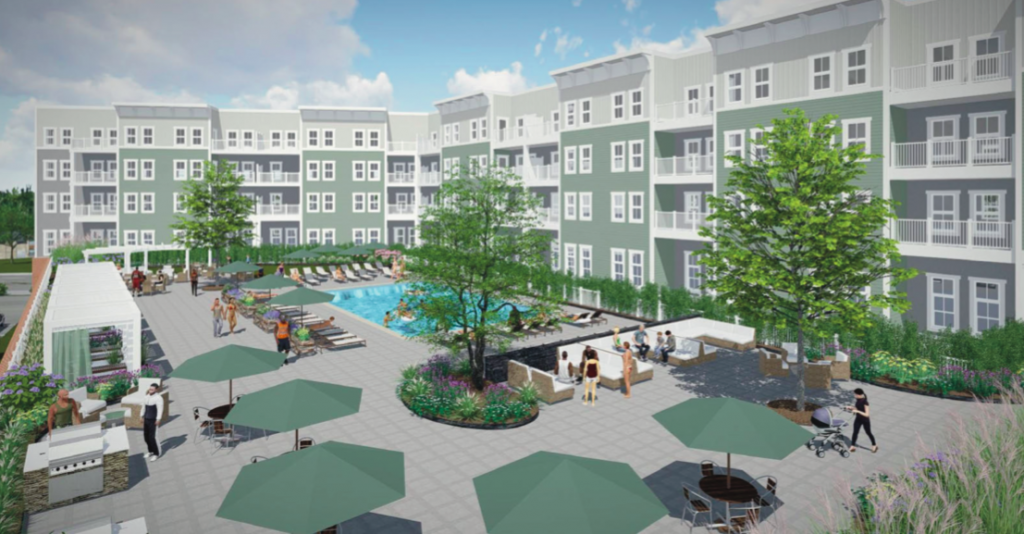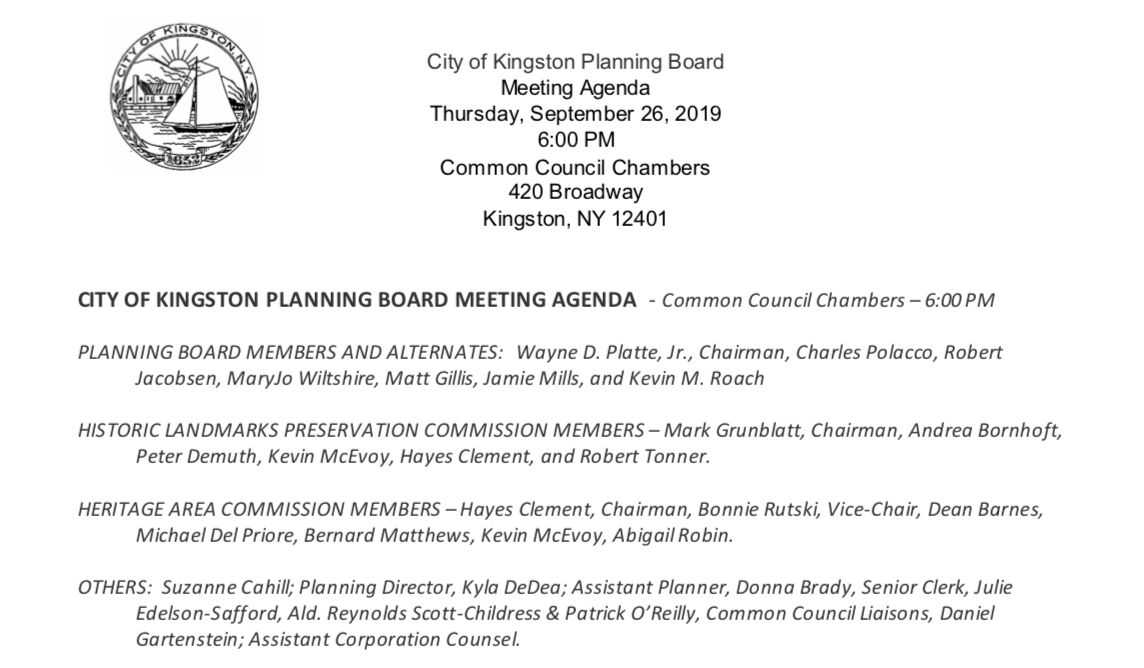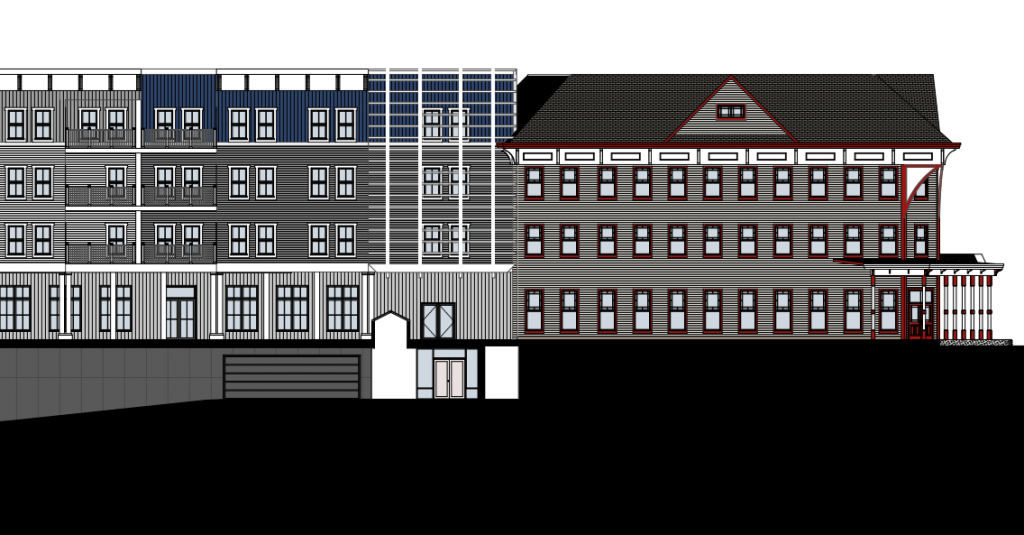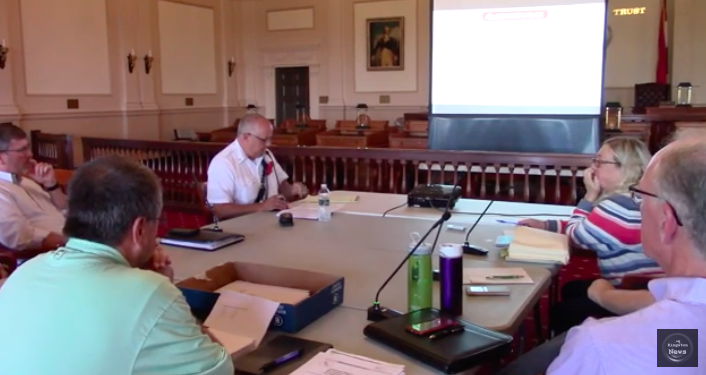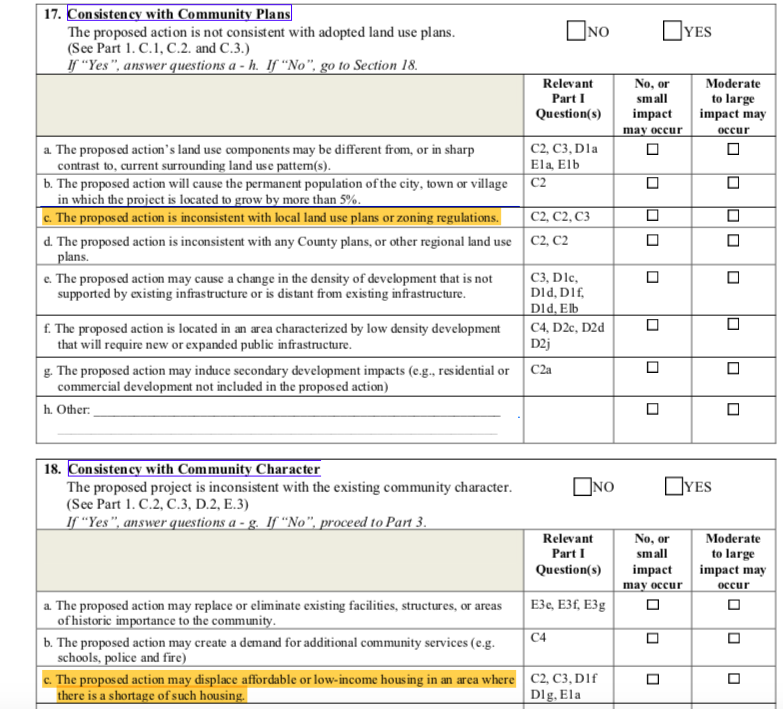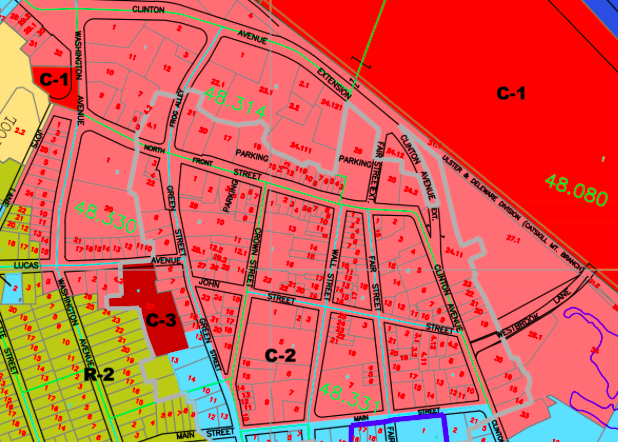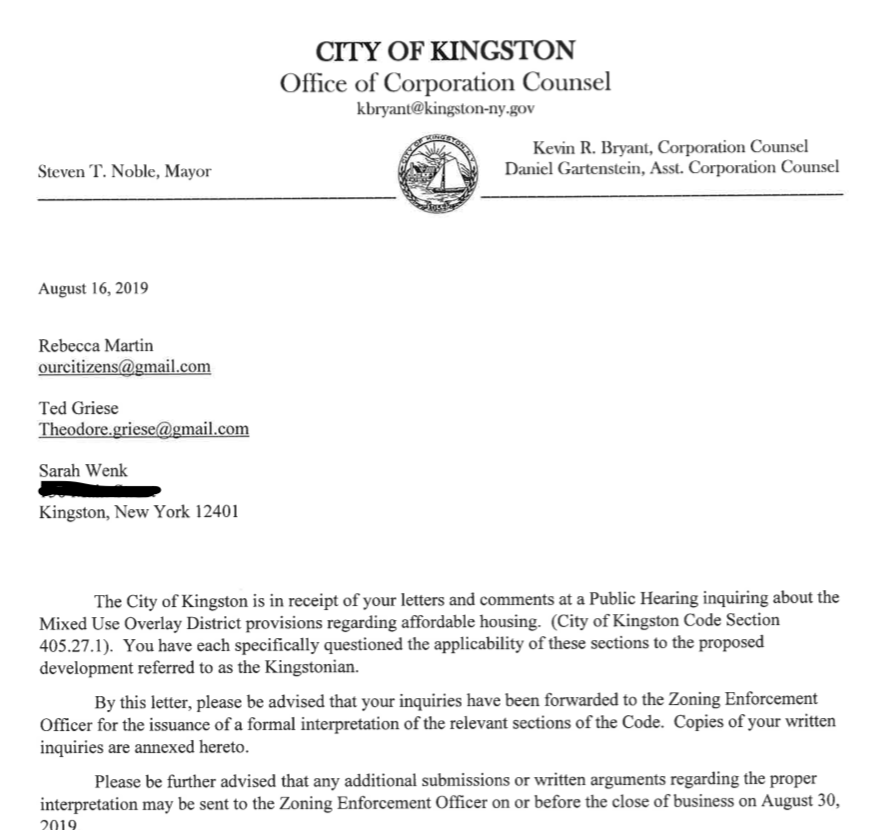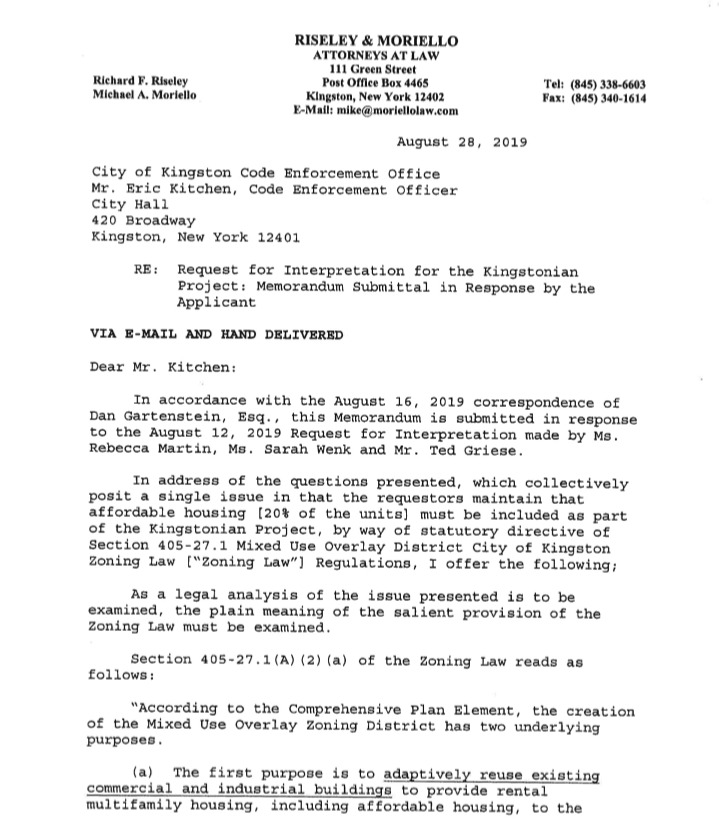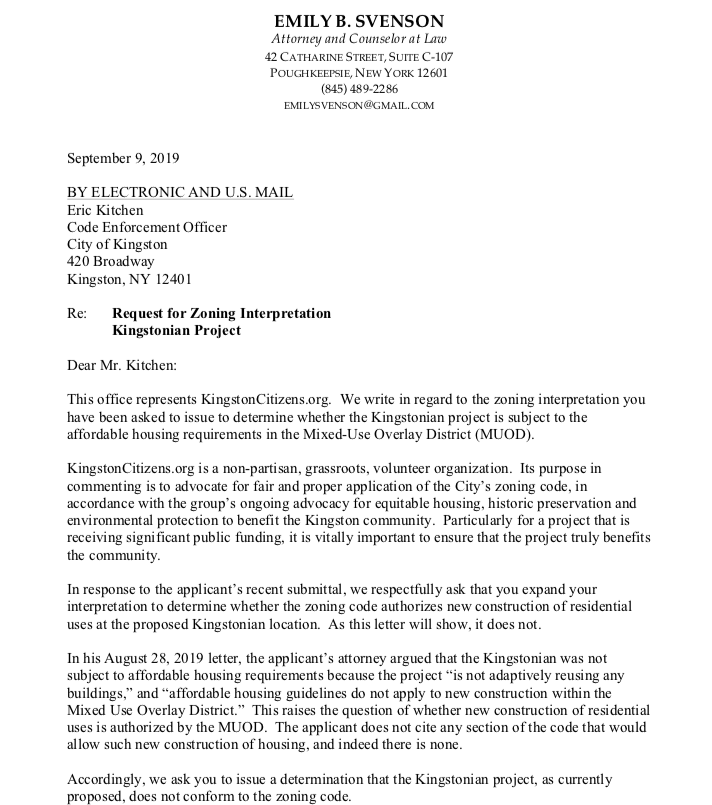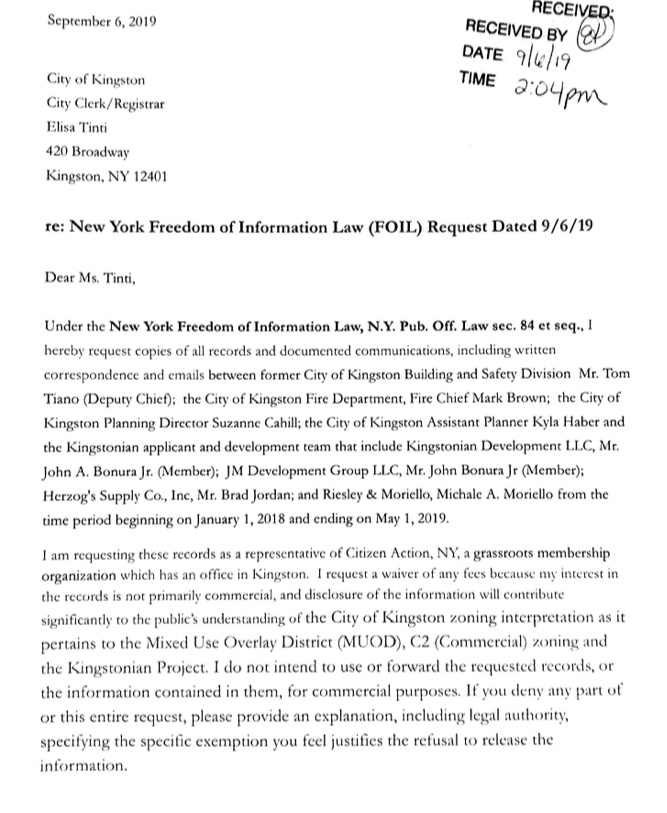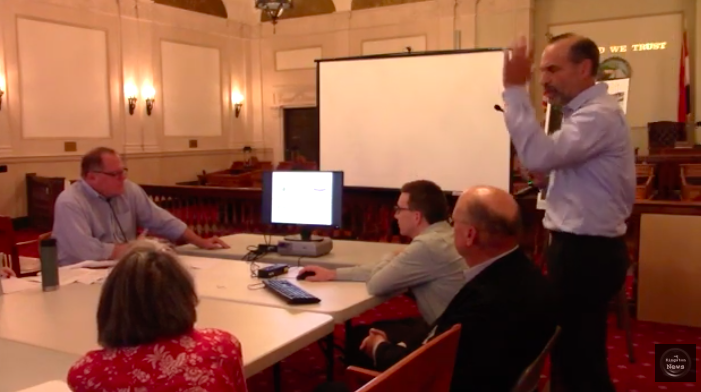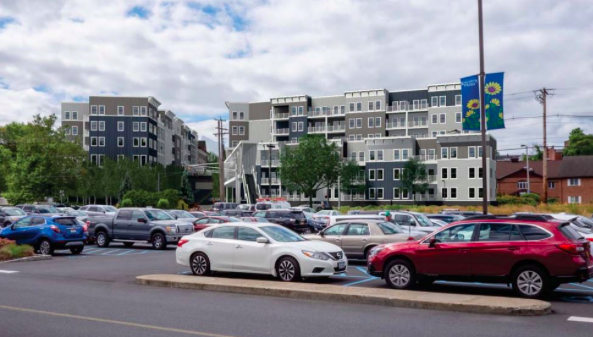On Wednesday, November 6th at 6:00pm the Kingston Planning Board will hold a special planning board meeting on the Kingstonian project at City Hall in the Council Chambers.
There will be an opportunity for the public to speak at the top of the meeting for any planning related topic. In the Planning Board’s agenda, the public is reminded that the Kingstonian is not listed as a public hearing.
This event will be filmed by The Kingston News and is brought to you by KingstonCitizens.org.
It is incumbent upon the Planning Board to conduct a thorough State Environmental Quality Review (SEQR) on the Kingstonian application. The review must encompass the actual size and scope of the project as currently proposed.
The Environmental Assessment Form (EAF) Part 1, prepared nearly a year ago in November 2018 by the applicant, describes a project that differs considerably from the project now before the Planning Board. Because the project has grown in scope and scale, the impacts are not accurately calculated in the EAF Part 1. The Planning Board must require the applicant to amend the EAF to reflect the project in its current iteration.
An EAF is “a form used by an agency to assist in determining the environmental significance or nonsignificance of actions. A properly completed EAF must contain enough information to describe the proposed action, its location, its purpose and its potential impacts on the environment.” 6 NYCRR 617.2(m)
The applicant’s 2018 EAF states that the project will include 129 residential units. The latest announcement by the City touted 143 units. The EAF lists water use, energy use, wastewater output and solid waste output, which were presumably calculated based on the number of residential units. All of those figures must be revised to reflect the impacts of the current project proposal.
Further, the EAF does not accurately account for the new bulk of the project, which is essential to assessing its impacts on the visual environment, historic resources, and community character. The old EAF states that the largest building in the project will be 48 feet tall. The elevations submitted in August 2019 show the project to be six storiesor at least 60 feet tall. The changes announced in October would add an additional story, bringing the total to at least 70 feet (see the image above).
Accurate statistics about the size and bulk of the building are essential for the Planning Board to determine whether it has the potential to create a significant adverse impact within its architectural context. SEQR regulations specifically call for an assessment of these types of impacts, including: “(iv) the creation of a material conflict with a community’s current plans or goals as officially approved or adopted; (v) the impairment of the character or quality of important historical, archeological, architectural, or aesthetic resources or of existing community or neighborhood character;” 6 NYCRR 617.7(c)(1)(iv-v) (emphasis added).
It has also come to light that the project will require one or more approvals that were not originally projected. In particular, the applicant has applied to the Common Council for a zoning amendment to extend the Mixed Use Overlay District to cover part of the project area. The zoning amendment is not listed among the necessary agency actions on the EAF.
Failure to account for all components of the project can lead to illegal segmentation of the SEQR review. Failure to account for all impacts of the project risks producing a determination of significance that disables the relevant boards and commissions from addressing certain concerns in their subsequent reviews.
In sum, the lead agency must determine the significance of the proposed action based on a full and properly completed EAF. Given changes in the project and the failure to address the zoning change in the current EAF, the Planning Board does not currently have a full and complete EAF for the project as currently proposed.
KingstonCitizens.org appreciates the developer’s recent inclusion of affordable housing. However, the increased building height in the revised plan only exacerbates the project’s adverse effects on what is an extraordinarily important historic district—for its history, its architecture, and as an economic driver. The State Historic Preservation Office has articulated strong concerns about these impacts.
It is therefore even more important to complete a thorough and proper SEQR review. Once the EAF is revised to reflect the project in its current iteration, the Board must issue a Positive Declaration so that they can study—along with the community—potential mitigation of the significant adverse environmental impacts.
Additional Reading
READ: “Sign the Petition: Kingston Common Council must uphold its affordable housing mandate and provide constituents with a full accounting of Kingstonian public funds”
READ: “The Kingstonian to be Jointly Reviewed Tonight; State Preservation Office Finds ‘Adverse Effects’ in its Evaluation of the Project; Confusion about Historic District Boundaries”
READ: “SEQR Process for Kingstonian Project Possibly to be ‘Segmented’”

